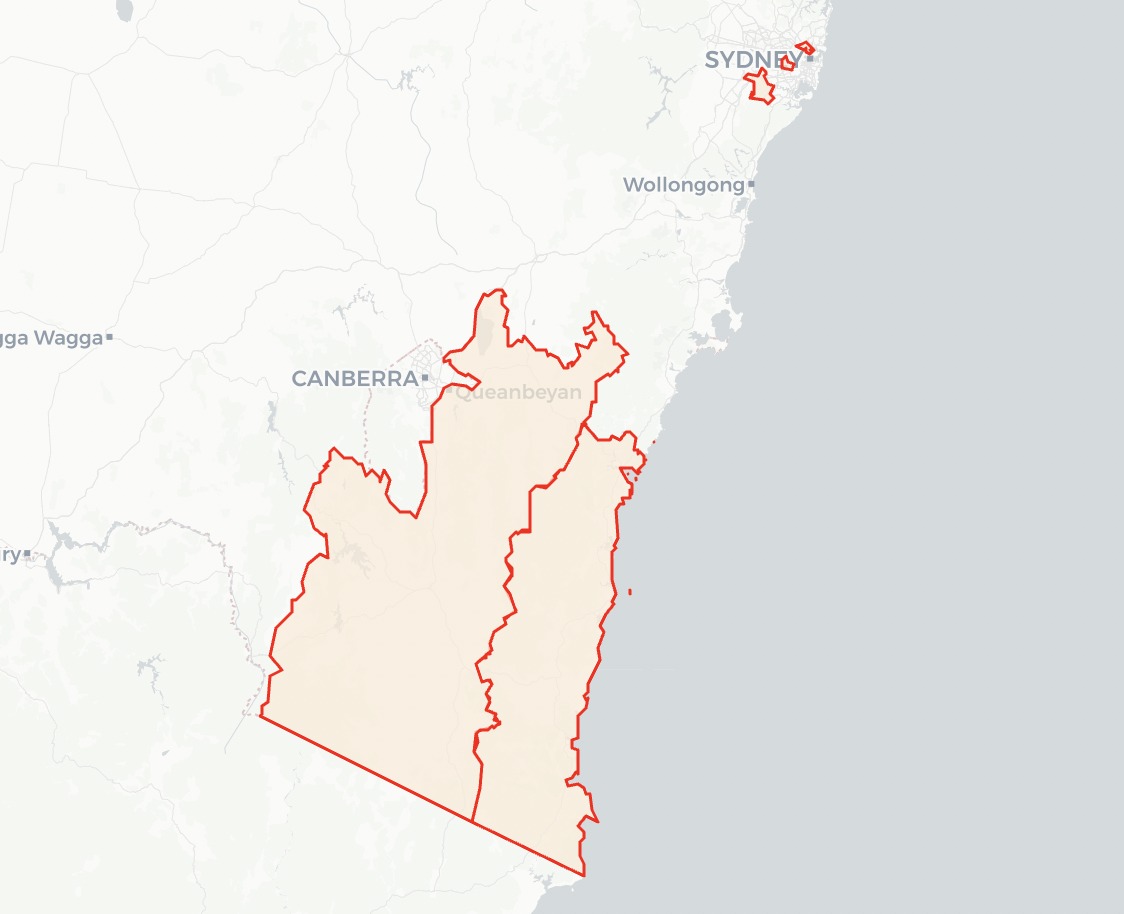Saturday saw the first counting of postal votes, a week on from the four by-elections in New South Wales. The postal vote data in all four by-elections confirmed the pre-existing voting trends. In three by-elections, the leading candidate outperformed their pre-existing lead on pre-poll votes, while the Liberal Party did better on postal votes in Bega but still lost the postal vote, thus increasing the lead of the Labor candidate.
There had been a lot of speculation about how postal votes would break, and how they would differ from election day and pre-poll votes.
Traditionally there is a reasonably predictable relationship between ordinary votes and postal votes. Postal votes tend to be more conservative, but with similar swings you can predict how they will break. But the significant increase in the postal vote share, and the shift in how people received postal votes (from being available upon request to being sent out automatically) theoretically could have shifted the type of person who voted postally.
At the moment, a bit under half of the postal votes received have been counted. The NSWEC publishes data on how many postal votes are returned, and separately report the number of votes for each candidate. Some of those postal votes not yet counted will not be counted because they are not able to be counted (for example, if the voter also cast an ordinary or pre-poll vote) while others (the vast majority I would assume) are still being processed and will be counted later this week.
This table shows how many votes in each vote category have been counted in each seat as a share of enrolment, along with a turnout and expected uncounted postal votes which assumes all postal ballots get counted.
Number of votes counted and uncounted by vote type as a proportion of enrolment
| Statistic | Bega | Monaro | Strathfield | Willoughby |
| Turnout | 85.4 | 83.1 | 81.3 | 66.7 |
| Ordinary total | 18.5 | 20.7 | 20.7 | 23.1 |
| Pre-poll total | 29.4 | 23.1 | 16.3 | 9.6 |
| Others total | 1.8 | 1.6 | 1.9 | 1.3 |
| Postals counted | 17.0 | 15.9 | 18.4 | 17.8 |
| Postals uncounted | 18.8 | 21.7 | 24.1 | 15.0 |
| Postals uncounted (raw) | 11,050 | 12,597 | 13,317 | 8,249 |
| 2CP lead | 3,402 | 3,601 | 3,196 | 1,462 |
Once you factor in exhaustion and informal vote rates, the trailing candidate would need between 60.4% (Willoughby) and 67.2% (Bega) of the remaining two-candidate-preferred votes to win. That seems very unlikely.
While we already had some sense of how big the postal vote would be as of election night, we now now how many of those voters cast their ballots.
The postal vote did vote to the right of the ordinary election day vote in Bega, Monaro and Willoughby, but it voted slightly to the left in Strathfield. Pre-poll voting was more right-wing than postal voting in Monaro and Willoughby, but less so in Strathfield and Bega. In other words, the winning candidate did better in pre-poll voting than in postal voting in all four seats.
Coalition two-candidate-preferred percentage per vote type in each by-election
| Vote type | Bega | Monaro | Strathfield | Willoughby |
| Ordinary | 42.8 | 52.4 | 45.0 | 50.1 |
| Pre-poll | 45.6 | 57.8 | 43.5 | 55.9 |
| Postal | 47.7 | 57.0 | 44.5 | 55.5 |
| Others | 37.9 | 52.8 | 40.4 | 50.2 |
I’ll return to this topic in the federal election to look at how the differences between these three main voting categories have shifted in the Covid era, but that’s it for now.




It seems reasonable to assume that (1)Older voters are more likley to vote conservative and (2)Older voters are more likely to opt to prepoll or postal.
So, if someone has gone to the trouble of applying for and returning a postal vote and also has voted prepoll and perhaps also on the day, how does NSWEC determine which vote is actually valid?
The postal vote doesn’t count. You can’t get the ordinary vote back, but you can intercept the postal vote before it’s added to the count.
“voted prepoll and perhaps also on the day”
J Knight the electoral commission should have flagged that as multiple voting as they were being processed on election day and not let them vote. If they do get issued a 2nd ballot there is no way to rectify the multiple vote.
Postal voting on the other hand can be left unopened when discovered the person has been market off somewhere else.
Appreciate the postal vote can be fixed…but what if that was the legit vote and someone else (or two people) voted to help grandpa out?
Just saying what proofs have we got?
264k SSM postal votes were returned- either a big protest or lots of errors?
System seems to be less reliable now so few votes may be needed to throw a seat!?
Just acutely aware since having lost 2 council elections by 120 and 40 preferences under the old sampling regime…
Comments are closed.